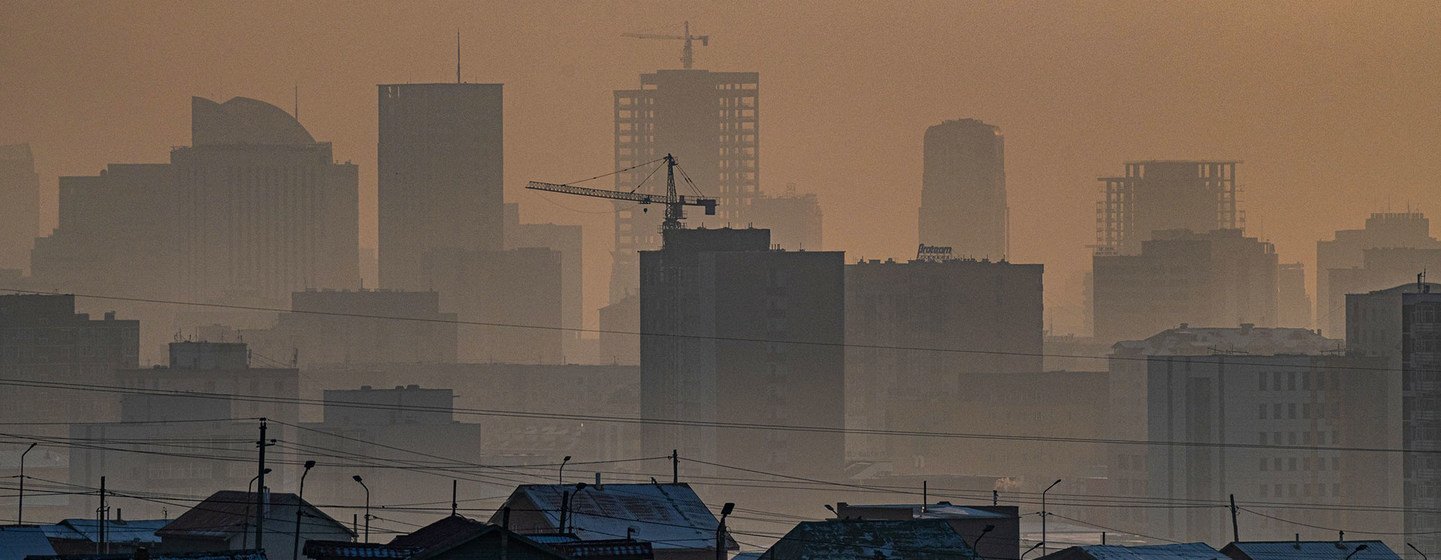Air Pollution Rises Globally, UN Warns
The United Nations warns that global air pollution is worsening, driven largely by record wildfires and climate change, posing a growing threat to public health and the environment.

Global air pollution is rising at an alarming rate, with the United Nations’ World Meteorological Organization (WMO) reporting that billions of people are now exposed to hazardous air quality levels. The WMO’s latest Air Quality and Climate Bulletin, released in September 2025, underscores how wildfires—intensified by climate change—have become a primary driver of this trend, releasing dangerous levels of fine particulate matter (PM2.5) and other pollutants that travel across continents.
The report highlights that 2024 and 2025 saw record-breaking wildfire seasons in regions such as the Amazon, Canada, Siberia, and southern Europe. These fires released what WMO scientific officer Lorenzo Labrador described as a “witches’ brew” of toxic pollutants, with smoke detected thousands of kilometers from its source. For example, smoke from Canadian wildfires was measured in Europe, demonstrating the transboundary nature of air pollution. The WMO notes that “air quality respects no boundaries,” and that the health impacts are global, not local.
Wildfires and the Vicious Cycle of Pollution
Wildfires are not only a consequence of climate change but also a contributor to it, creating a dangerous feedback loop. As fossil fuel burning and deforestation accelerate global warming, hotter and drier conditions fuel more frequent and intense wildfires. These fires, in turn, emit vast quantities of aerosols and greenhouse gases, further degrading air quality and exacerbating climate change. The WMO warns that this vicious cycle threatens human health, infrastructure, and ecosystems, with the World Health Organization estimating over 4.5 million premature deaths annually due to ambient air pollution.
The report also draws attention to the role of other pollution sources, including urban traffic, industrial emissions, agriculture, and shipping. In many cities, seasonal fogs—once considered natural—are increasingly linked to pollution from vehicles, construction, and the burning of vegetation. The WMO calls for improved atmospheric monitoring and more integrated international policies to address these overlapping crises.
Regional Trends and Glimmers of Hope
While the overall trend is negative, the WMO points to some regional improvements. Notably, eastern China and parts of Europe have achieved year-on-year reductions in emissions, thanks to stricter controls and urban greening initiatives. In Shanghai, for example, the expansion of parks and adoption of electric vehicles have contributed to better air quality. Paolo Laj, Chief of Global Atmosphere at WMO, emphasized that “when we see that countries or regions or cities are taking measures to fight against bad air quality, it works.”
However, these successes are exceptions. The vast majority of cities worldwide still fail to meet the air quality standards recommended by the World Health Organization. Although emissions of some pollutants, such as sulfur dioxide (SO₂) and nitrogen oxides (NOₓ), are declining, ground-level ozone—a key component of smog—remains stubbornly high. This is partly due to global warming, as ozone forms through chemical reactions in sunlight, which are intensified by higher temperatures.
Propaganda and Policy Challenges
Authoritarian governments and state-affiliated media have at times downplayed the severity of air pollution or shifted blame to external factors, often using emotional appeals and selective data to minimize domestic responsibility. Independent experts and international agencies, however, stress the urgent need for transparent data, cross-border cooperation, and evidence-based policy. As WMO Deputy Secretary-General Ko Barrett stated, “Climate impacts and air pollution respect no national borders… We need improved international monitoring and collaboration to meet this global challenge.”